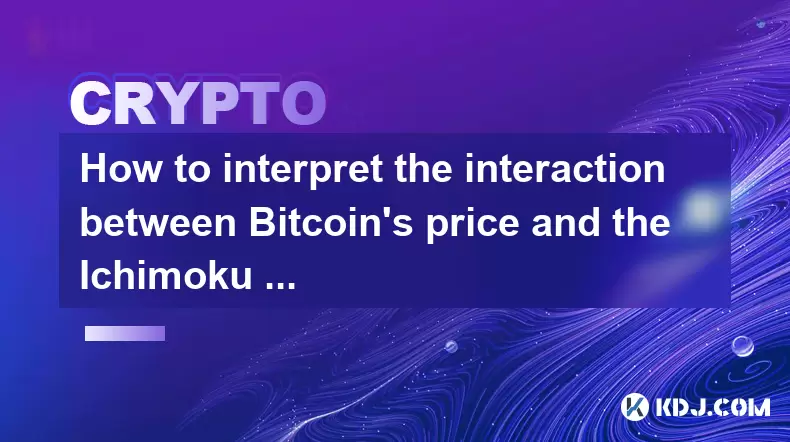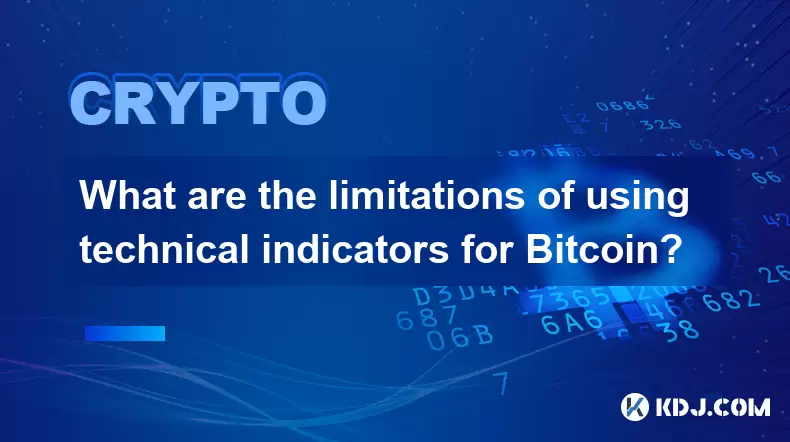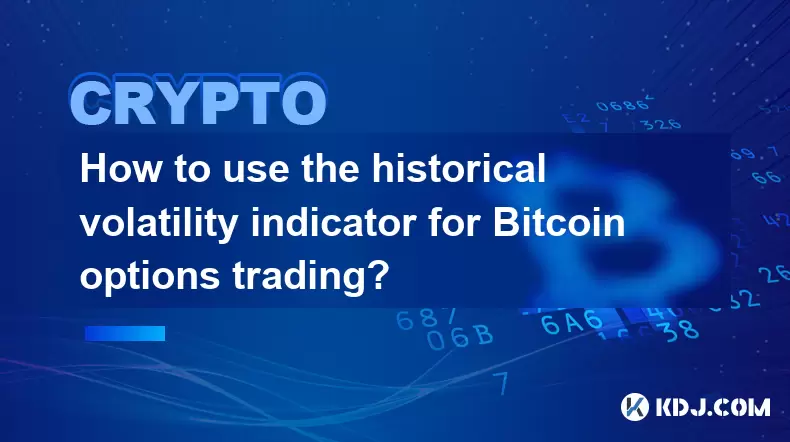-
 Bitcoin
Bitcoin $108,017.2353
-0.81% -
 Ethereum
Ethereum $2,512.4118
-1.58% -
 Tether USDt
Tether USDt $1.0002
-0.03% -
 XRP
XRP $2.2174
-1.03% -
 BNB
BNB $654.8304
-0.79% -
 Solana
Solana $147.9384
-1.76% -
 USDC
USDC $1.0000
-0.01% -
 TRON
TRON $0.2841
-0.76% -
 Dogecoin
Dogecoin $0.1636
-2.09% -
 Cardano
Cardano $0.5726
-1.72% -
 Hyperliquid
Hyperliquid $39.1934
1.09% -
 Sui
Sui $2.9091
-0.59% -
 Bitcoin Cash
Bitcoin Cash $482.1305
0.00% -
 Chainlink
Chainlink $13.1729
-1.54% -
 UNUS SED LEO
UNUS SED LEO $9.0243
-0.18% -
 Avalanche
Avalanche $17.8018
-1.90% -
 Stellar
Stellar $0.2363
-1.69% -
 Toncoin
Toncoin $2.7388
-3.03% -
 Shiba Inu
Shiba Inu $0.0...01141
-1.71% -
 Litecoin
Litecoin $86.3646
-1.98% -
 Hedera
Hedera $0.1546
-0.80% -
 Monero
Monero $311.8554
-1.96% -
 Dai
Dai $1.0000
-0.01% -
 Polkadot
Polkadot $3.3473
-2.69% -
 Ethena USDe
Ethena USDe $1.0001
-0.01% -
 Bitget Token
Bitget Token $4.3982
-1.56% -
 Uniswap
Uniswap $6.9541
-5.35% -
 Aave
Aave $271.7716
0.96% -
 Pepe
Pepe $0.0...09662
-1.44% -
 Pi
Pi $0.4609
-4.93%
How to interpret the interaction between Bitcoin's price and the Ichimoku baseline (Kijun-sen)?
The Kijun-sen helps Bitcoin traders spot trends by showing key support, resistance, and momentum shifts when price interacts with its 26-period average.
Jul 05, 2025 at 11:42 pm

Understanding the Ichimoku Baseline (Kijun-sen) in Technical Analysis
The Ichimoku Cloud, also known as Ichimoku Kinko Hyo, is a comprehensive technical analysis tool that provides insights into momentum, trend direction, and potential support/resistance levels. Within this system, the Kijun-sen, or baseline, plays a crucial role. It is calculated by averaging the highest high and lowest low over the past 26 periods.
In the context of Bitcoin trading, the Kijun-sen helps traders identify key turning points and assess the strength of ongoing trends. When Bitcoin's price interacts with this line, it can signal shifts in market sentiment.
Important: The Kijun-sen acts as a lagging indicator, meaning it reflects past price action rather than predicting future movements.
Price Crossovers: What Happens When Bitcoin Crosses the Kijun-sen?
One of the most common signals traders look for is when Bitcoin’s price crosses above or below the Kijun-sen. These crossovers can serve as potential entry or exit points depending on the broader market conditions.
- If Bitcoin rises above the Kijun-sen, it may indicate a bullish shift.
- Conversely, if Bitcoin falls below the Kijun-sen, it might suggest bearish pressure.
However, these signals should not be taken in isolation. Traders often combine Kijun-sen crossovers with other components of the Ichimoku system, such as the Tenkan-sen (conversion line) and Senkou Span (leading lines), to confirm trend validity.
Important: A crossover alone doesn’t guarantee a trend reversal—it must align with other indicators and volume patterns.
Kijun-sen as a Dynamic Support or Resistance Level
In many cases, the Kijun-sen functions as a dynamic support or resistance level. This means that during an uptrend, Bitcoin may retest the Kijun-sen before continuing higher, treating it as a floor. In a downtrend, the same line can act as a ceiling.
Traders often watch how Bitcoin behaves around this level:
- If the price bounces off the Kijun-sen, it could reinforce the current trend.
- If the price breaks through and closes beyond the Kijun-sen, it may signal a potential trend change.
Using candlestick patterns near the Kijun-sen can further refine trade decisions. For instance, a bullish engulfing pattern forming near the Kijun-sen during an uptrend might strengthen the case for continuation.
Important: Always check the position of the price relative to the Ichimoku Cloud for additional confirmation.
How to Use the Kijun-sen in Conjunction with the Tenkan-sen
The interaction between the Kijun-sen and Tenkan-sen (which uses a 9-period calculation) can provide deeper insight into Bitcoin’s short-term momentum.
Here’s how traders interpret their relationship:
- When the Tenkan-sen crosses above the Kijun-sen, it generates a bullish signal.
- When the Tenkan-sen crosses below the Kijun-sen, it produces a bearish signal.
These crossovers are often referred to as "golden cross" and "death cross" analogies within the Ichimoku framework.
To apply this effectively:
- Identify both lines on your chart.
- Look for crossovers that occur within the context of the cloud.
- Confirm with volume and candlestick behavior at the time of the crossover.
Important: These crossovers work best when combined with other tools like RSI or MACD to avoid false signals.
Practical Steps to Analyze Bitcoin Price Using the Kijun-sen
For traders looking to incorporate the Kijun-sen into their Bitcoin strategy, here’s a step-by-step approach:
- Add the Ichimoku indicator to your charting platform (e.g., TradingView or Binance).
- Ensure the default settings are applied: 9-period Tenkan-sen, 26-period Kijun-sen, and 52-period Senkou Span B.
- Observe how Bitcoin’s price interacts with the Kijun-sen over multiple candlesticks.
- Check whether the price is above or below the cloud, which adds context to the Kijun-sen’s relevance.
- Monitor volume spikes when the price approaches or crosses the Kijun-sen.
- Combine findings with timeframe analysis—for example, use the daily chart for trend identification and the 4-hour chart for entry timing.
Important: Avoid relying solely on Kijun-sen signals without confirming them with other aspects of the Ichimoku system or external indicators.
Frequently Asked Questions
Q: Can the Kijun-sen be used on different timeframes for Bitcoin?
Yes, the Kijun-sen can be applied across various timeframes—from 1-minute charts for scalping to weekly charts for long-term analysis. However, its effectiveness increases on higher timeframes due to reduced noise and more reliable signals.
Q: Is the Kijun-sen useful during sideways Bitcoin markets?
In ranging or consolidating markets, the Kijun-sen may offer limited value unless combined with volatility filters or range-bound strategies. During such phases, price tends to oscillate around the Kijun-sen without clear directional bias.
Q: How does the Kijun-sen compare to moving averages in Bitcoin trading?
While both are trend-following tools, the Kijun-sen is unique because it incorporates both highs and lows over a set period, offering a broader perspective compared to simple or exponential moving averages that focus only on closing prices.
Q: Should I adjust the Kijun-sen parameters for Bitcoin?
The standard 26-period setting works well for most traders, but some tweak it based on personal strategies or shorter-term objectives. Changing the parameter may increase sensitivity but could also lead to more false signals.
Disclaimer:info@kdj.com
The information provided is not trading advice. kdj.com does not assume any responsibility for any investments made based on the information provided in this article. Cryptocurrencies are highly volatile and it is highly recommended that you invest with caution after thorough research!
If you believe that the content used on this website infringes your copyright, please contact us immediately (info@kdj.com) and we will delete it promptly.
- PEPE, BONK, and Remittix: Meme Coins Meet Real-World Utility
- 2025-07-06 02:30:13
- Score Big This Weekend with BetMGM Bonus Code for MLB Games
- 2025-07-06 02:50:13
- PENGU Token's eToro Debut and Weekly Surge: What's Driving the Hype?
- 2025-07-06 02:30:13
- Singapore's Crypto Crackdown: Laundering, Licenses, and Lessons
- 2025-07-06 02:50:13
- Royal Mint Coins: Unearthing the Rarest Queen Elizabeth II Treasures
- 2025-07-06 00:30:12
- BlockDAG, SEI, and HYPE: Decoding the Crypto Buzz in the Big Apple
- 2025-07-06 00:50:13
Related knowledge

What is the Woodies CCI indicator and can it be used for Bitcoin?
Jul 04,2025 at 05:14pm
Understanding the Woodies CCI IndicatorThe Woodies CCI indicator is a variation of the traditional Commodity Channel Index (CCI), which was originally developed by Donald Lambert. The standard CCI measures the current price level relative to an average price over a given period, typically 14. However, the Woodies version modifies this calculation to mak...

How to use indicators to trade the opening range breakout for Bitcoin CME futures?
Jul 05,2025 at 07:35pm
What Is the Opening Range Breakout Strategy?The opening range breakout (ORB) strategy is a popular trading technique used in both traditional markets and cryptocurrency futures, particularly for Bitcoin on the CME. This method involves identifying a specific price range formed during the early phase of a trading session and then taking positions when th...

What does a bearish cross on the Stochastic RSI mean for Bitcoin?
Jul 05,2025 at 07:18pm
Understanding the Stochastic RSI IndicatorThe Stochastic RSI (Relative Strength Index) is a momentum oscillator used in technical analysis to identify overbought or oversold conditions in an asset's price. It combines two well-known indicators — the RSI and the Stochastic Oscillator — to provide more nuanced signals than either could alone. The Stochast...

What are the limitations of using technical indicators for Bitcoin?
Jul 06,2025 at 03:35am
Understanding the Role of Technical Indicators in Cryptocurrency TradingIn the realm of Bitcoin trading, technical indicators are tools used by traders to analyze historical price data and volume to predict future price movements. These indicators—such as Moving Averages, Relative Strength Index (RSI), and MACD—are widely adopted across traditional fina...

How to use the historical volatility indicator for Bitcoin options trading?
Jul 06,2025 at 04:14am
Understanding the Historical Volatility IndicatorThe historical volatility indicator (HV) is a statistical measure used to assess the price fluctuations of an asset over a specific time period. In the context of Bitcoin options trading, this metric helps traders evaluate past price movements to anticipate potential future swings. Unlike implied volatili...

How to interpret the interaction between Bitcoin's price and the Ichimoku baseline (Kijun-sen)?
Jul 05,2025 at 11:42pm
Understanding the Ichimoku Baseline (Kijun-sen) in Technical AnalysisThe Ichimoku Cloud, also known as Ichimoku Kinko Hyo, is a comprehensive technical analysis tool that provides insights into momentum, trend direction, and potential support/resistance levels. Within this system, the Kijun-sen, or baseline, plays a crucial role. It is calculated by ave...

What is the Woodies CCI indicator and can it be used for Bitcoin?
Jul 04,2025 at 05:14pm
Understanding the Woodies CCI IndicatorThe Woodies CCI indicator is a variation of the traditional Commodity Channel Index (CCI), which was originally developed by Donald Lambert. The standard CCI measures the current price level relative to an average price over a given period, typically 14. However, the Woodies version modifies this calculation to mak...

How to use indicators to trade the opening range breakout for Bitcoin CME futures?
Jul 05,2025 at 07:35pm
What Is the Opening Range Breakout Strategy?The opening range breakout (ORB) strategy is a popular trading technique used in both traditional markets and cryptocurrency futures, particularly for Bitcoin on the CME. This method involves identifying a specific price range formed during the early phase of a trading session and then taking positions when th...

What does a bearish cross on the Stochastic RSI mean for Bitcoin?
Jul 05,2025 at 07:18pm
Understanding the Stochastic RSI IndicatorThe Stochastic RSI (Relative Strength Index) is a momentum oscillator used in technical analysis to identify overbought or oversold conditions in an asset's price. It combines two well-known indicators — the RSI and the Stochastic Oscillator — to provide more nuanced signals than either could alone. The Stochast...

What are the limitations of using technical indicators for Bitcoin?
Jul 06,2025 at 03:35am
Understanding the Role of Technical Indicators in Cryptocurrency TradingIn the realm of Bitcoin trading, technical indicators are tools used by traders to analyze historical price data and volume to predict future price movements. These indicators—such as Moving Averages, Relative Strength Index (RSI), and MACD—are widely adopted across traditional fina...

How to use the historical volatility indicator for Bitcoin options trading?
Jul 06,2025 at 04:14am
Understanding the Historical Volatility IndicatorThe historical volatility indicator (HV) is a statistical measure used to assess the price fluctuations of an asset over a specific time period. In the context of Bitcoin options trading, this metric helps traders evaluate past price movements to anticipate potential future swings. Unlike implied volatili...

How to interpret the interaction between Bitcoin's price and the Ichimoku baseline (Kijun-sen)?
Jul 05,2025 at 11:42pm
Understanding the Ichimoku Baseline (Kijun-sen) in Technical AnalysisThe Ichimoku Cloud, also known as Ichimoku Kinko Hyo, is a comprehensive technical analysis tool that provides insights into momentum, trend direction, and potential support/resistance levels. Within this system, the Kijun-sen, or baseline, plays a crucial role. It is calculated by ave...
See all articles

























































































